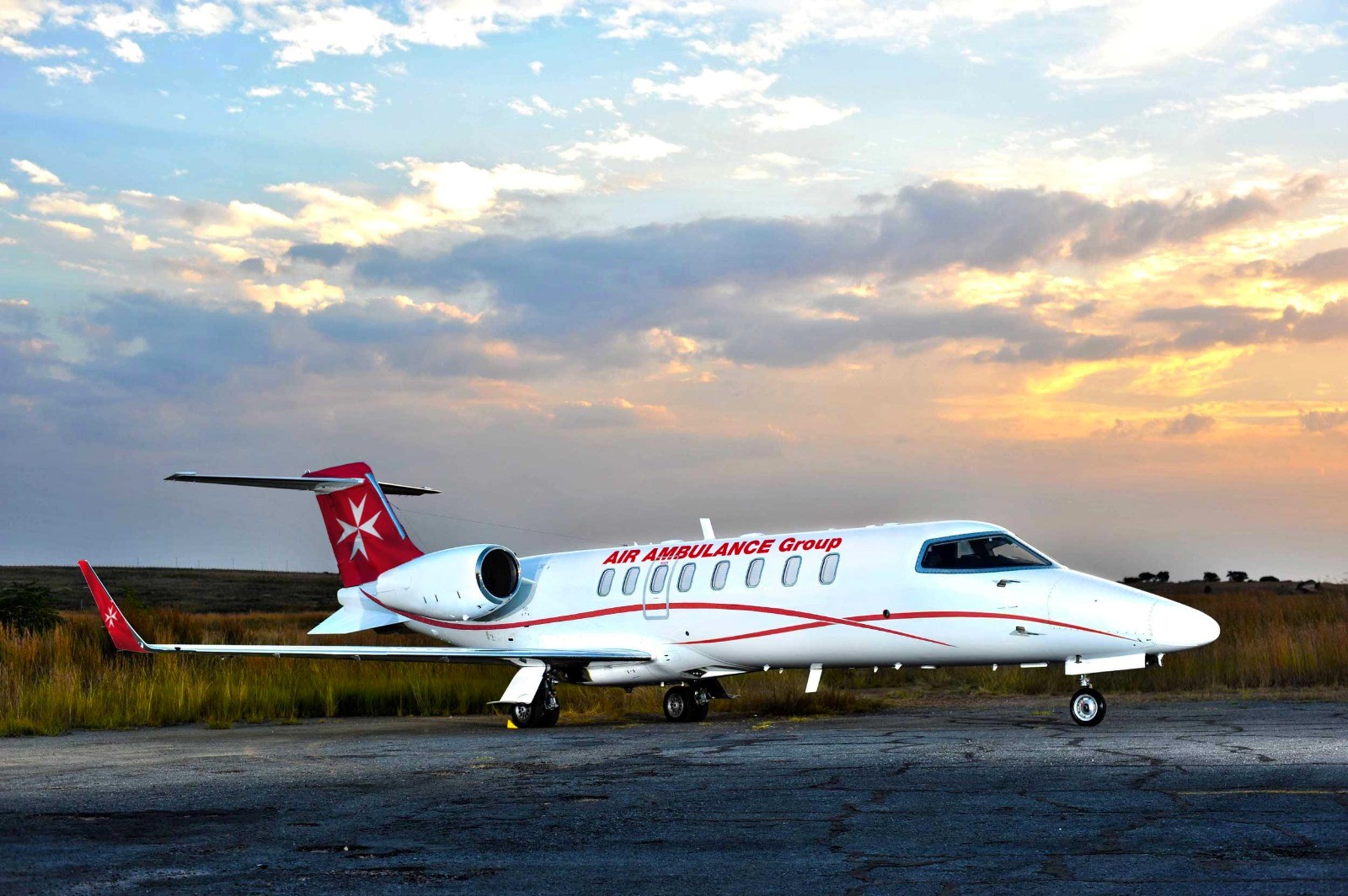
Human and Technical Experience in Saving Lives in the Sky
Profession Flight Nurse: My Experience Between Technical and Humanitarian Commitment with AIR AMBULANCE Group
When I was a child I was asked what I wanted to be when I grew up: I always answered that I wanted to be an airplane pilot. I was intrigued by flight, by the speed of these incredible flying objects and dreamed of becoming a real Top Gun.
As I grew up, my dreams, they did not change, they just embraced the path I decided to follow with the nursing profession until they were clearly defined in the Flight Nurse profile.
Our role of caring for and transporting critical care patients spans intensive care units in different countries and continents. A veritable resuscitation room forty thousand feet above sea level.
Medical air transport is an established reality throughout the world.
The organization of centralized hospital systems (HUBs) has made this type of service vital to the lives of many people.
The part of the population most in need of our service is precisely the one we would never want to see in this condition: pediatric patients.
Twenty-four hours a day, seven days a week, we are ready to step in to ensure the safety and necessary support for our patients.
Emergency problem solving, specific preparation and skills, constant monitoring of medical devices and preparation on soft skills to manage the patient and his family members are the basis of our work.
My working life in AIR AMBULANCE Group as a Flight Nurse is punctuated by sudden phone calls, missions covering huge distances and interaction with a vast number of different professionals. Our missions begin with the submission of the medical report, the patient’s medical record filled out by the attending physician, which is taken over and carefully evaluated by our medical director. From this point on, the crew studies the case, assesses potential critical issues related to the observed clinical situation, and analyzes the technical parameters of the flight: altitude and estimated travel time.
Once they arrive at the patient’s boarding location, the first contact with the child and the accompanying parent takes place. This is the moment when the relationship of trust is established between the crew and the accompanying parent, a key stage in managing the emotionality of those who are experiencing a situation of serious difficulty and concern to ensure maximum efficiency and serenity of transport for the patient.
Pre-takeoff technical evaluations, monitoring, therapies, belts fastened, and off we go.
From this moment, we enter a suspended dimension, where clouds become soft walls and monitor alarms harmonize with the breath of the little patients. There is nothing else to divert my attention from that life suspended between heaven and earth, and sometimes between life and death.
The cabin is a small world: you laugh, you understand each other with a look even while speaking different languages; sometimes you act as a shoulder for those who have no more tears to shed and have placed all their hopes on that journey for their child’s life.
Having the privilege of dealing with such a delicate and vulnerable time in a person’s life and their families makes me feel extremely grateful.
Once we land comes the hardest moment: the patient is left in the care of colleagues on the ground. There is never enough time to say goodbye as we would like but the looks and words of thanks are enough to understand how much each journey has left within us.
I remember the stories of Benik from Albania, Nailah from Egypt, but most of all Lidija from North Macedonia: a beautiful eight-year-old girl stricken with a very violent encephalitis she had been battling with for 3 months. Imagining that just a short time before that condition she was playing with her little friends affected me greatly.
In conclusion, the role of the flight nurse in transporting patients, particularly pediatric patients, turns out to be much more than a profession. It is an emotional and technical commitment that embraces life and hope in flight. Through daily challenges, we learn that our dedication can make the difference between fear and hope, between despair and the possibility of a brighter future. Each mission is a journey through fragility and strength, a marriage of heaven and earth that teaches us the importance of each and every life.
Each patient, like little Lidija, represents a story of resilience and courage. Our hope is that, through our efforts, we can contribute to a chapter of rebirth for those facing a serious illness.
15/11/2023
Dario Zampella
Source
Dario Zampella


